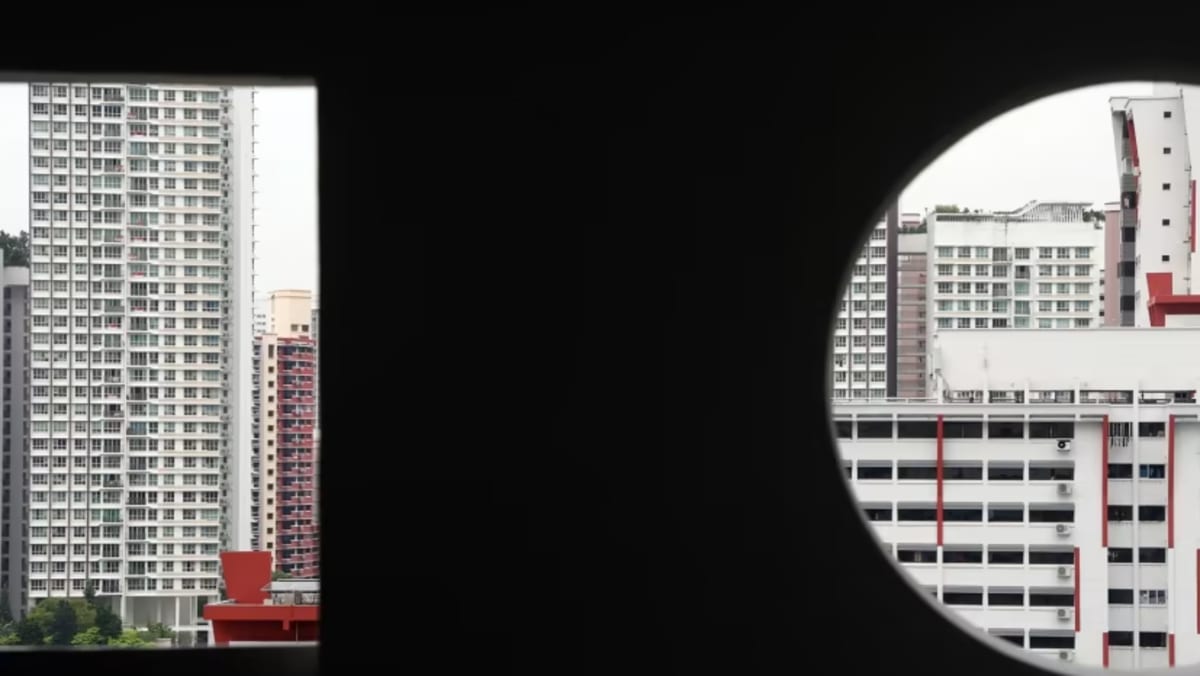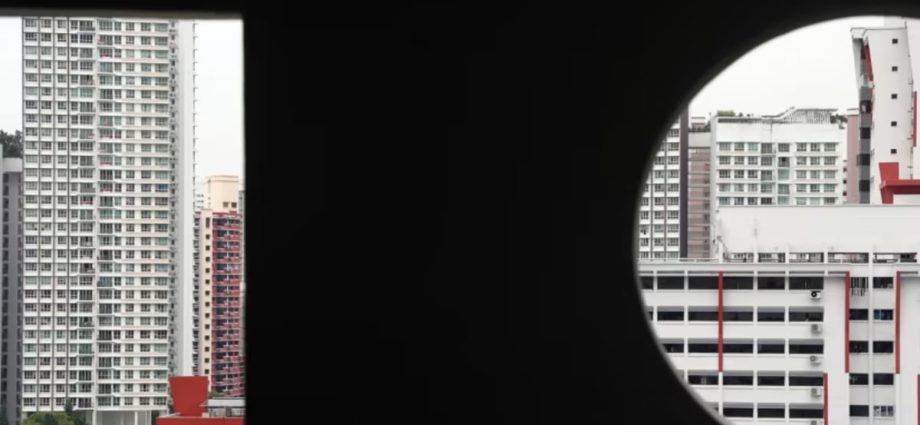
SINGAPORE: Since the early 1990s, the Housing and Development Board (HDB) has used a simple framework to guide the public in buying flats: By distinguishing between mature and non-mature estates, Prime Minister Lee Hsien Loong said at the National Day Rally on Sunday (Aug 20).
“This framework is easy to understand, and has worked well for many years,” he said.
The estate classification began in 1992 alongside changes to the balloting process to give priority to first-time buyers and applicants who had been unsuccessful in their previous flat applications.
Due to an increase in the number of people who owned a flat but were applying to upgrade, the HDB booking system had to be modified to give first-time applicants priority in new towns, or now known as non-mature estates, that were still under development.
Estates were also classified as mature or non-mature based on the availability of land for development.
Mature estates referred to locations with high demand but limited land space for public housing development.
BTO flats in these estates would typically be more popular and were sold at a higher price to reflect their prime location and high demand.
As their name suggests, mature estates were established much earlier than their non-mature counterparts, which means that residents would get to enjoy amenities such as shopping malls, schools and parks that have been developed over the years.
There are 15 mature estates in Singapore, including Ang Mo Kio, Bedok, Bukit Timah, Marine Parade, Serangoon and Tampines.
Non-mature estates, on the other hand, referred to locations where there was more land available for public housing development.
Flats in these estates, usually less central and having fewer amenities, were more affordably priced.
Singapore has 12 non-mature estates, such as Bukit Panjang, Punggol, Jurong West, Sengkang, Woodlands and Yishun.

